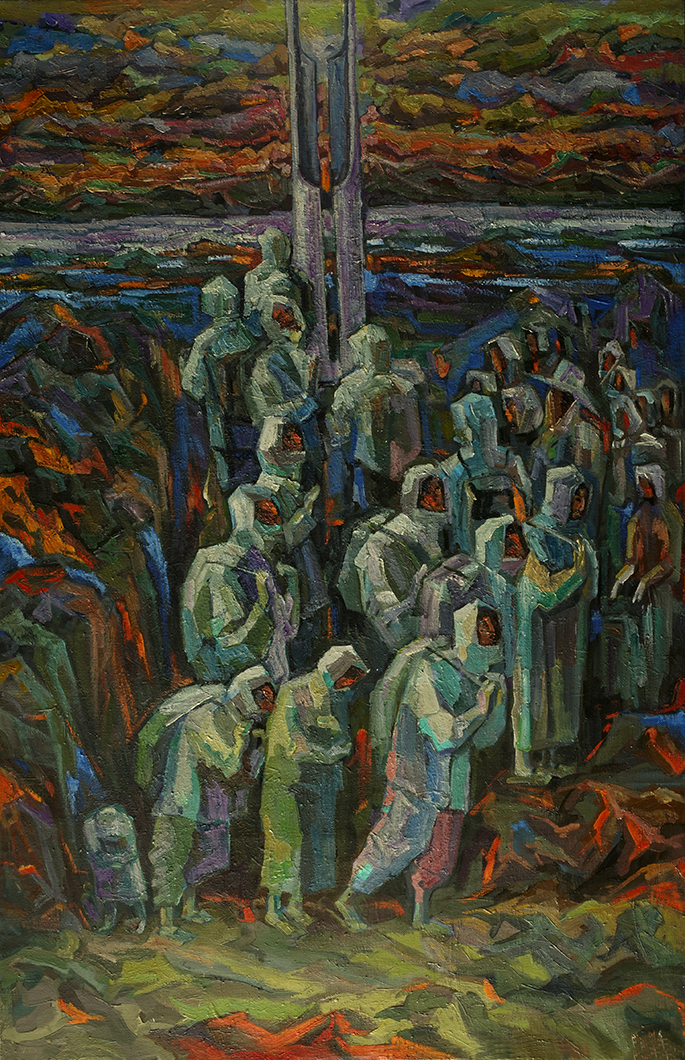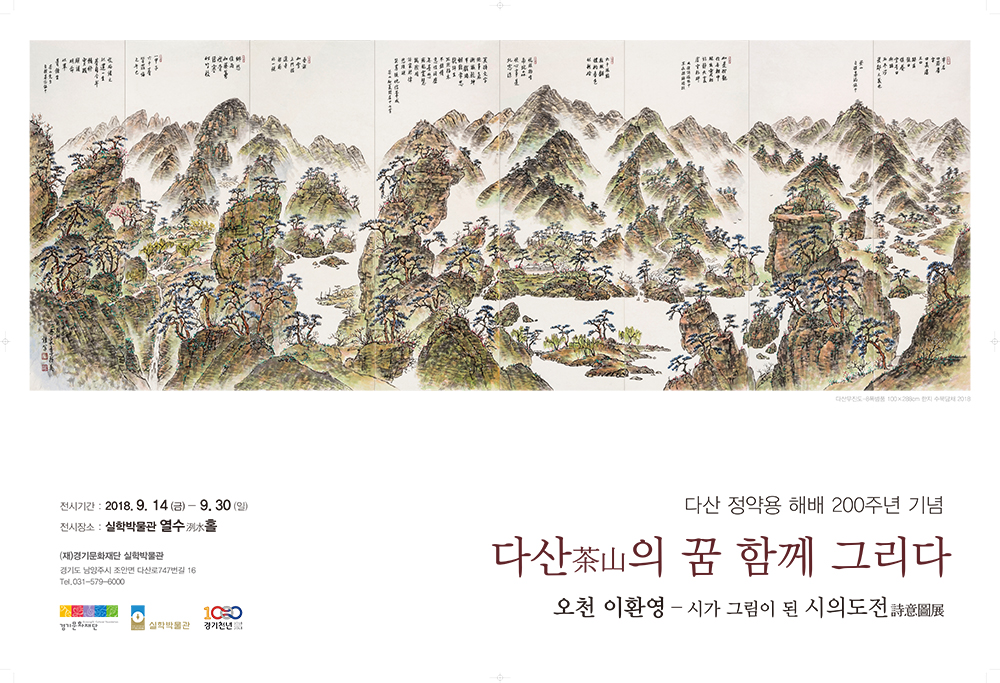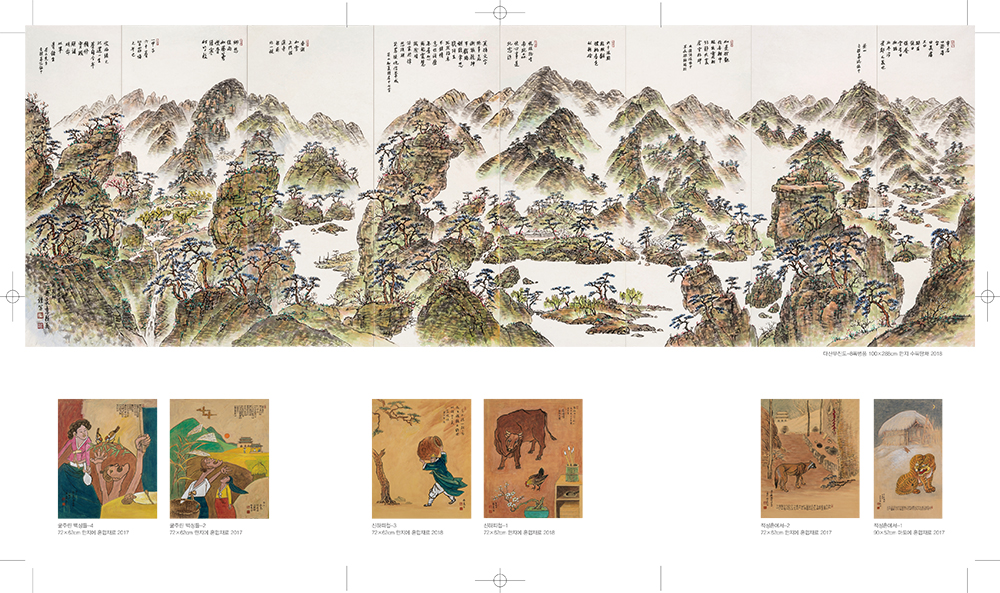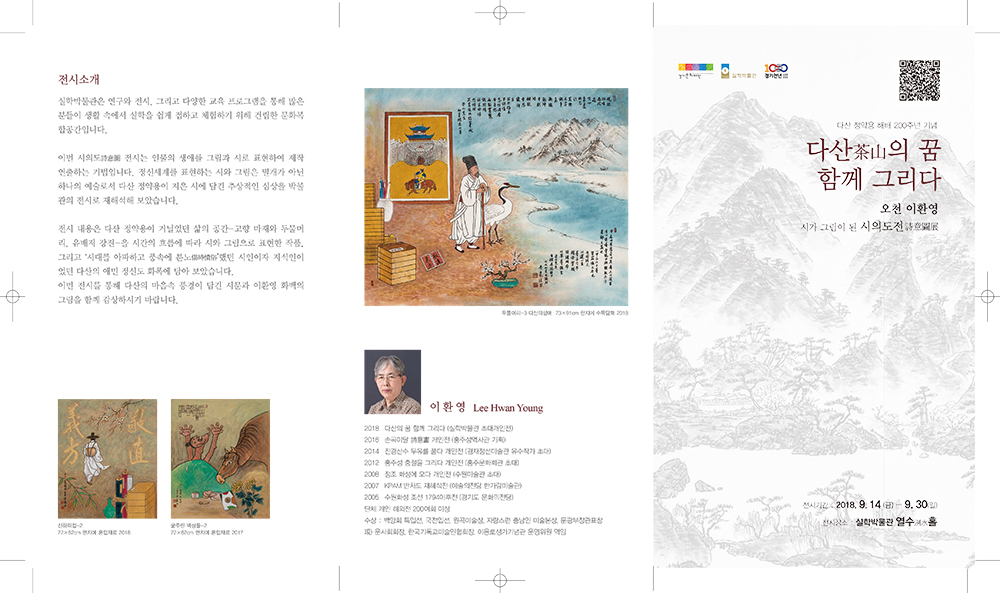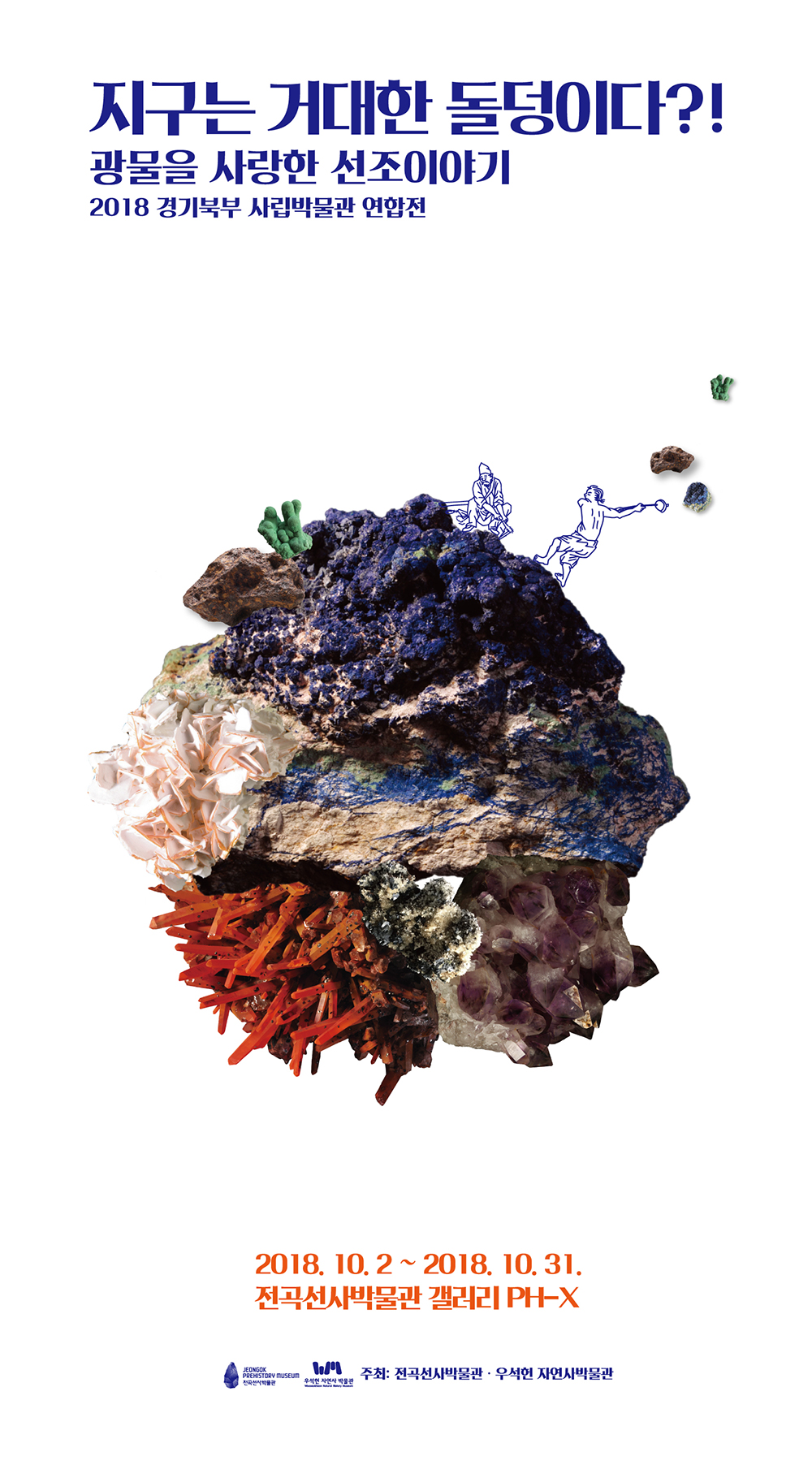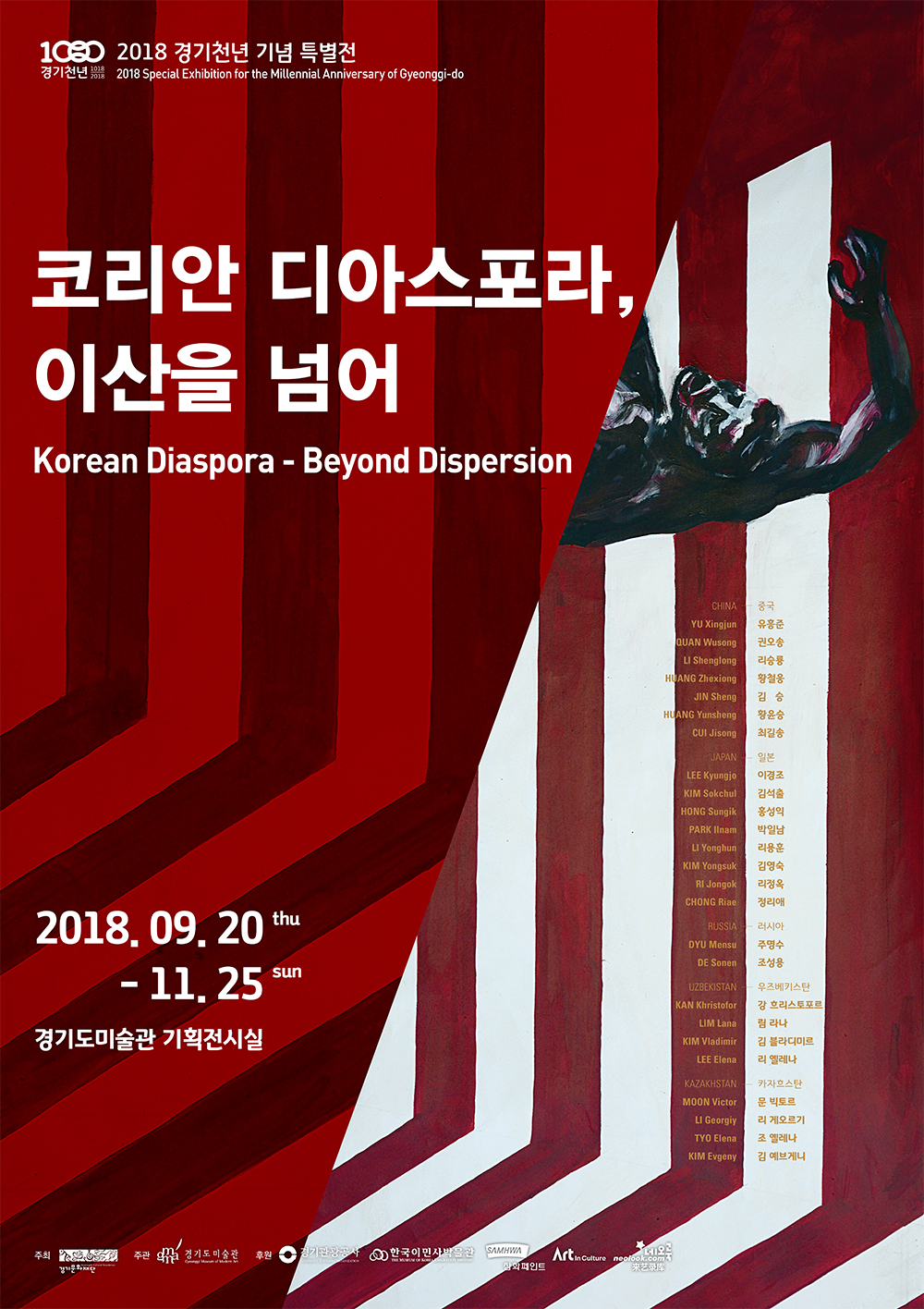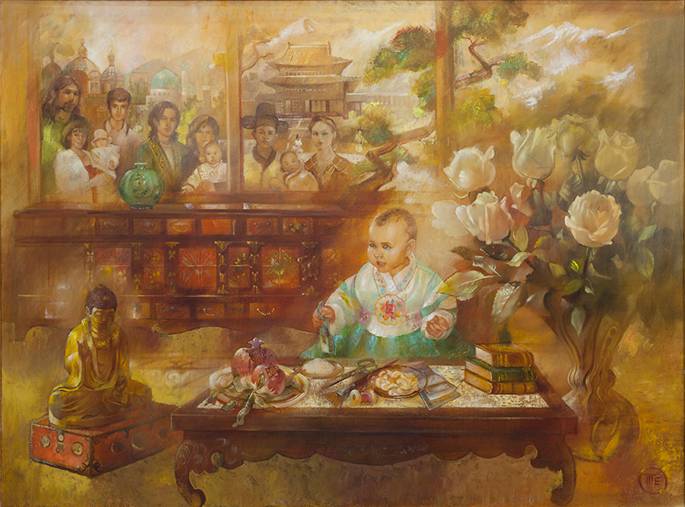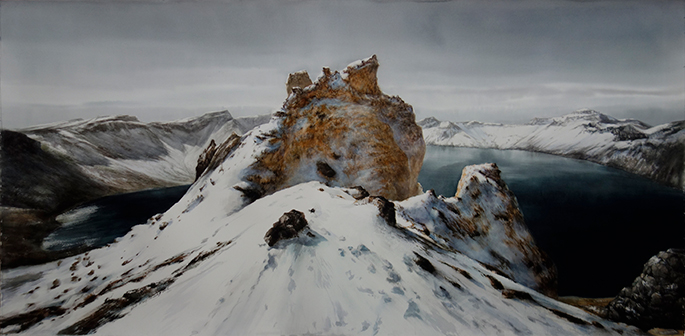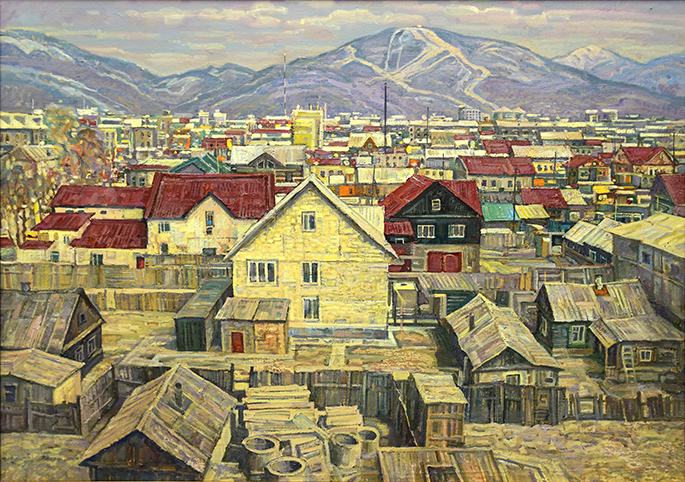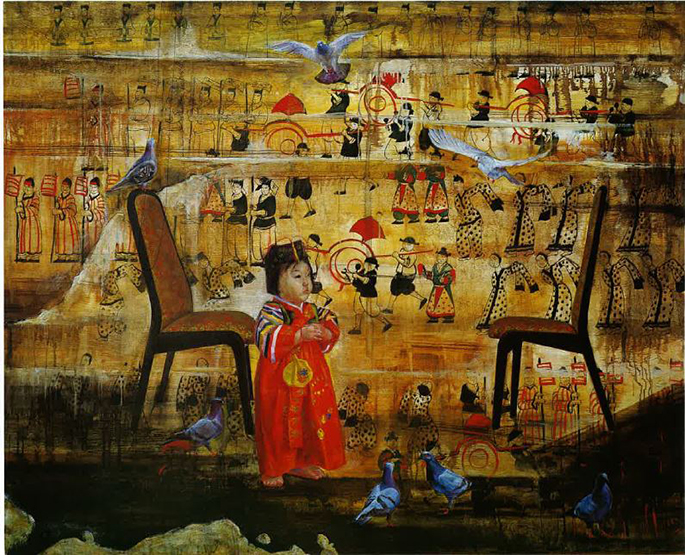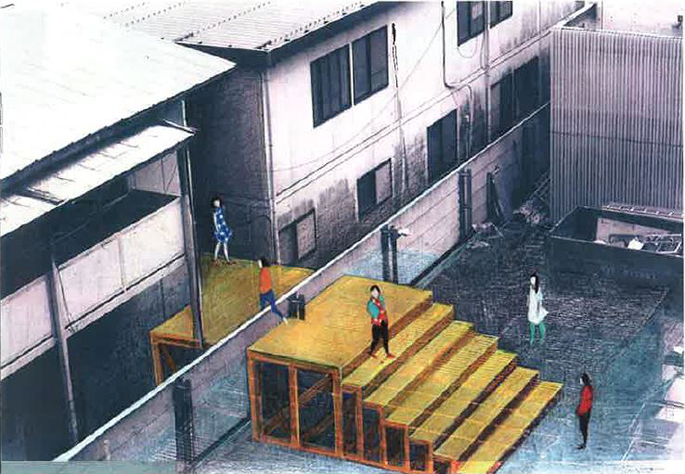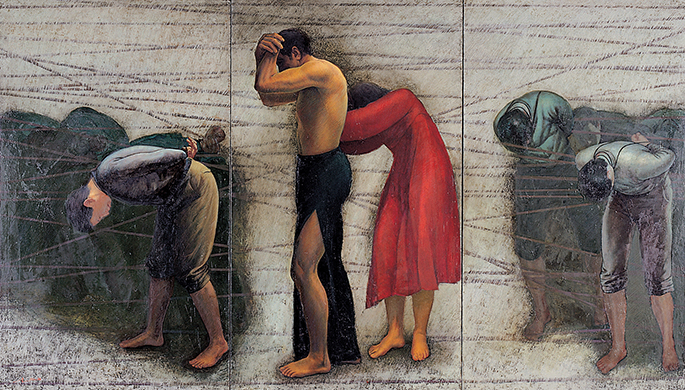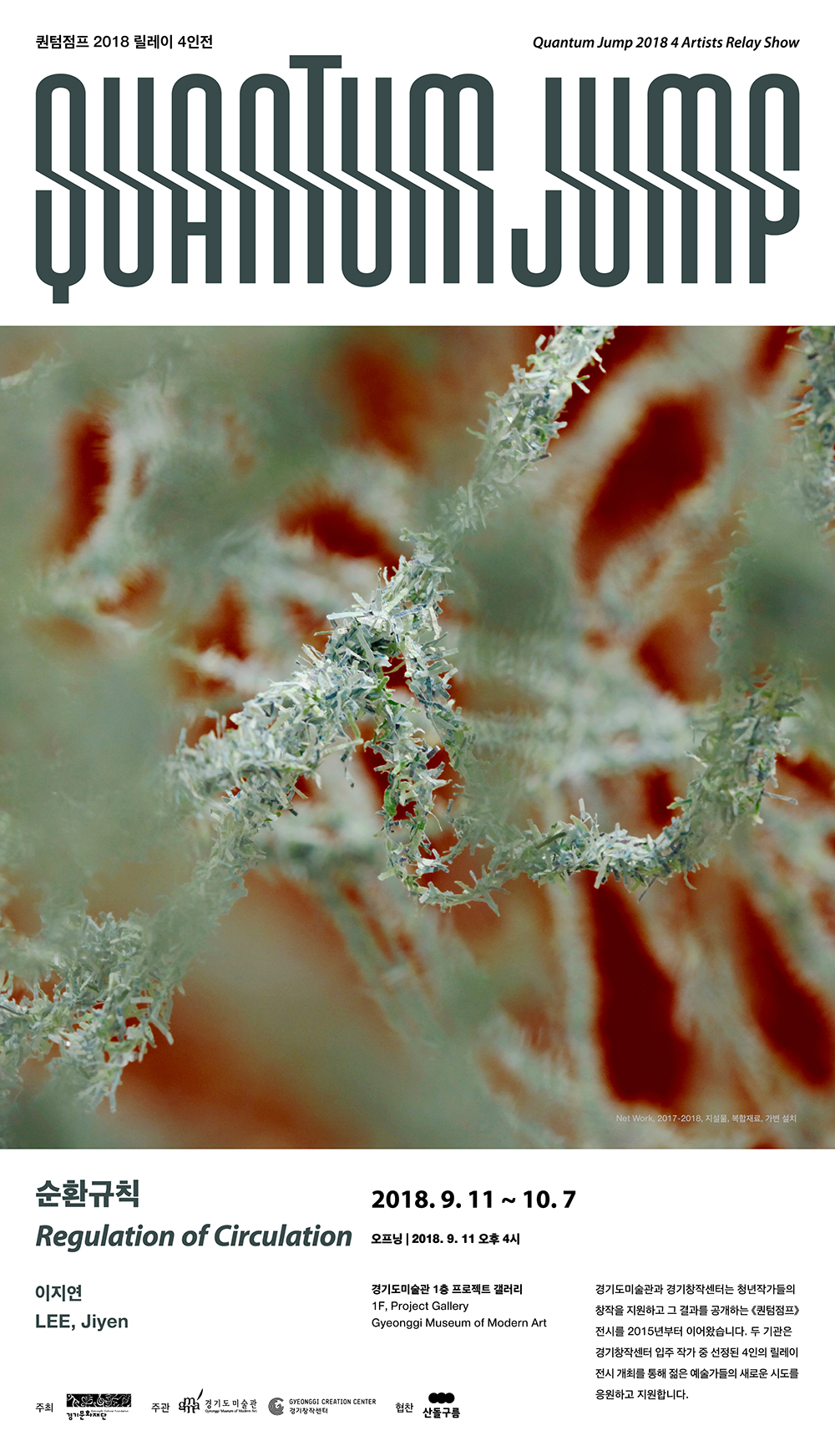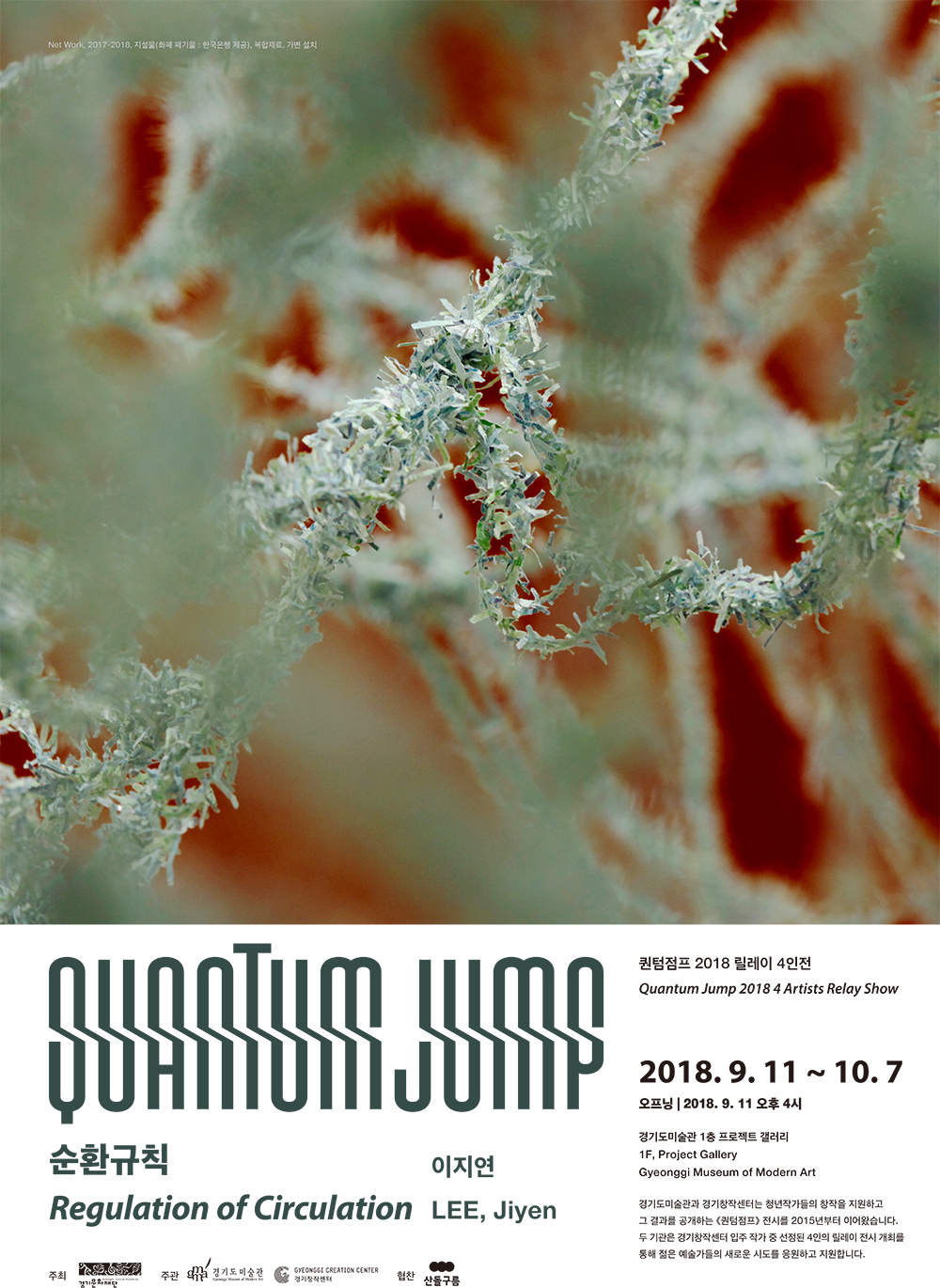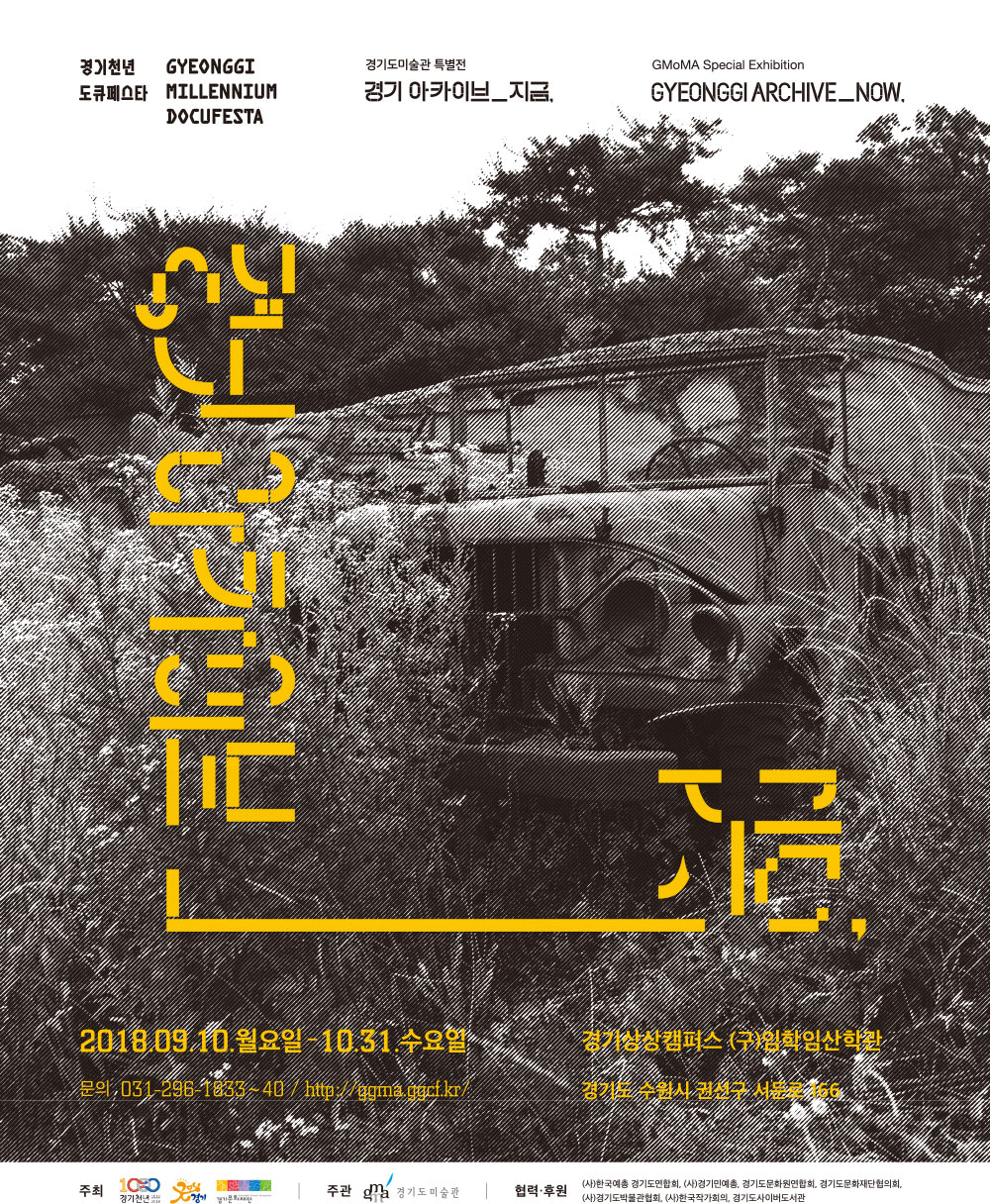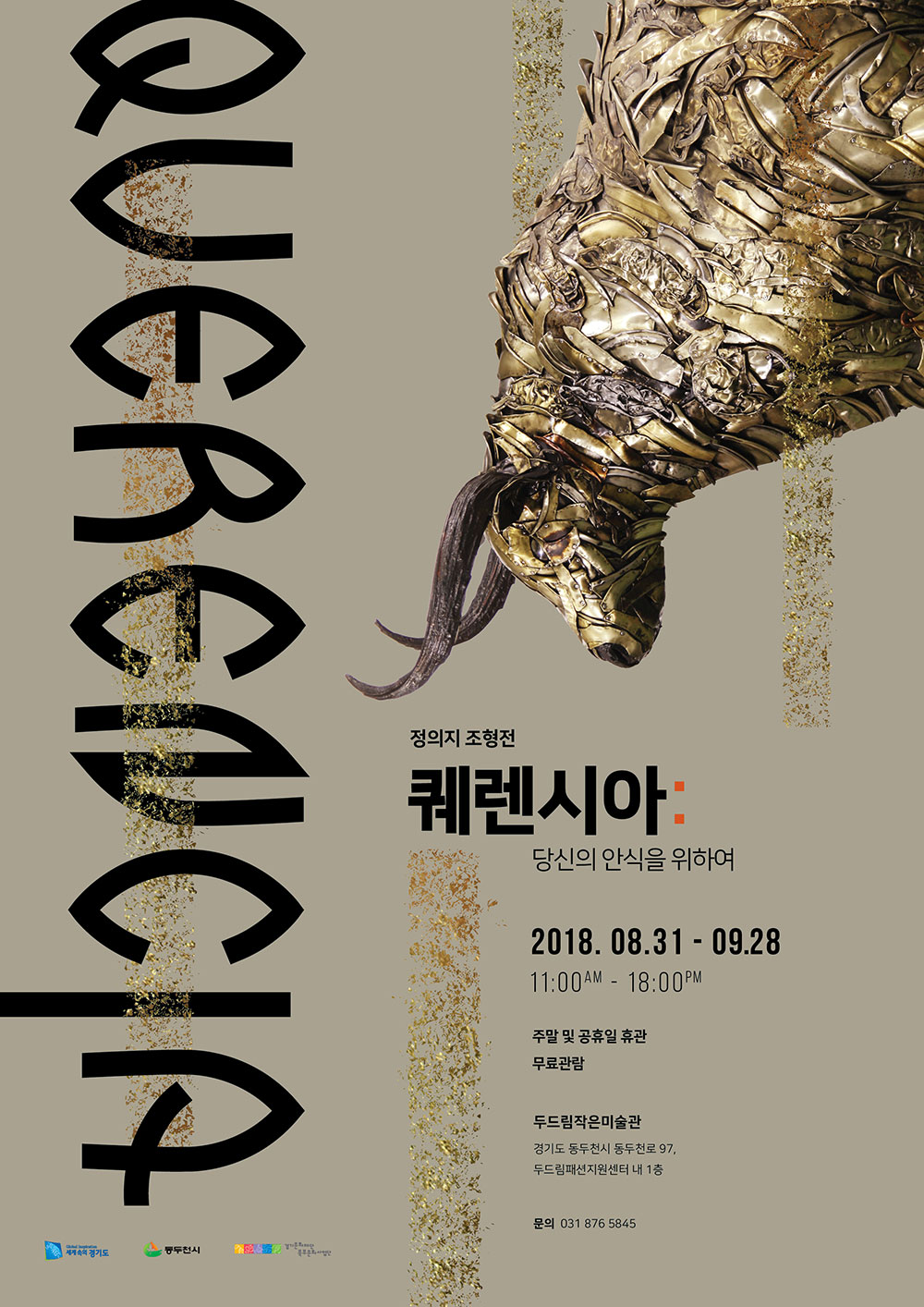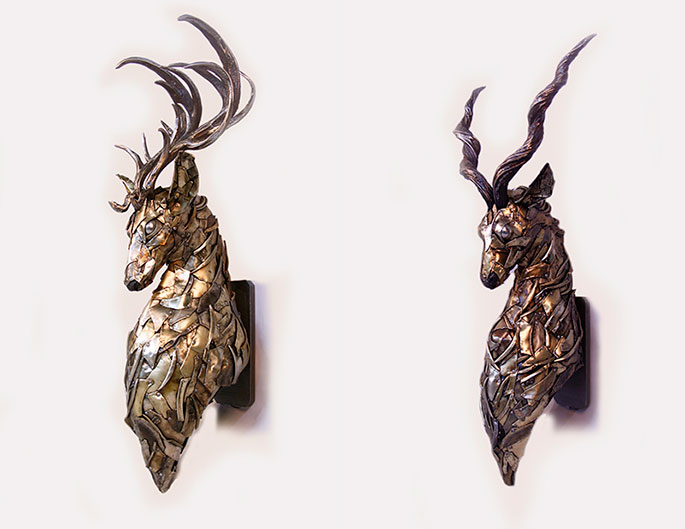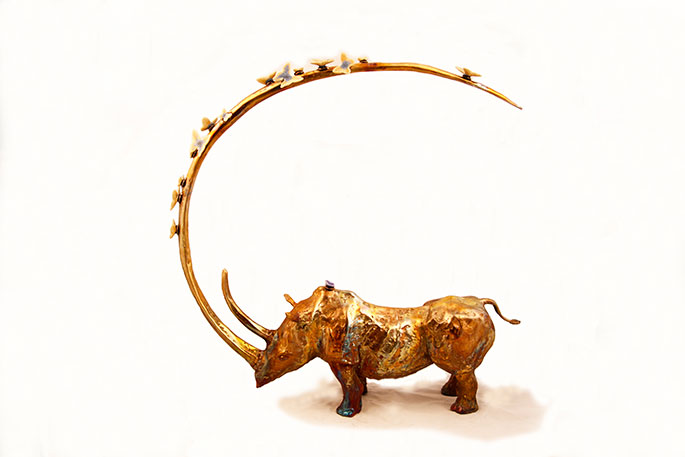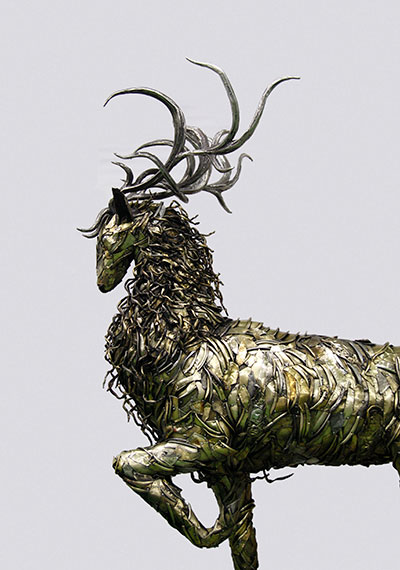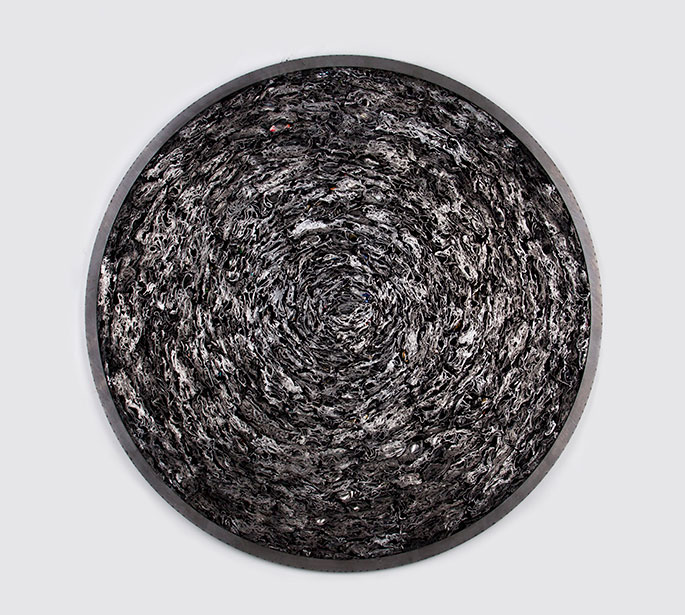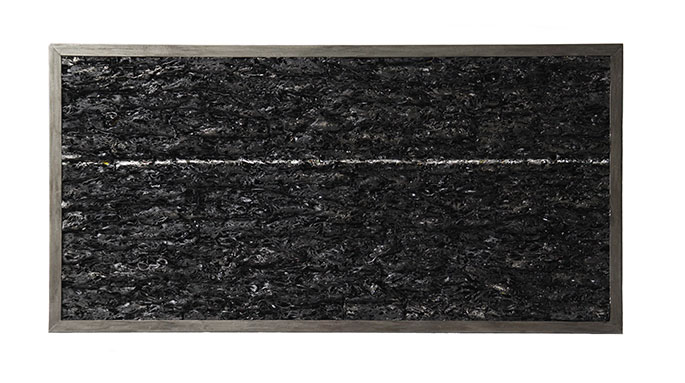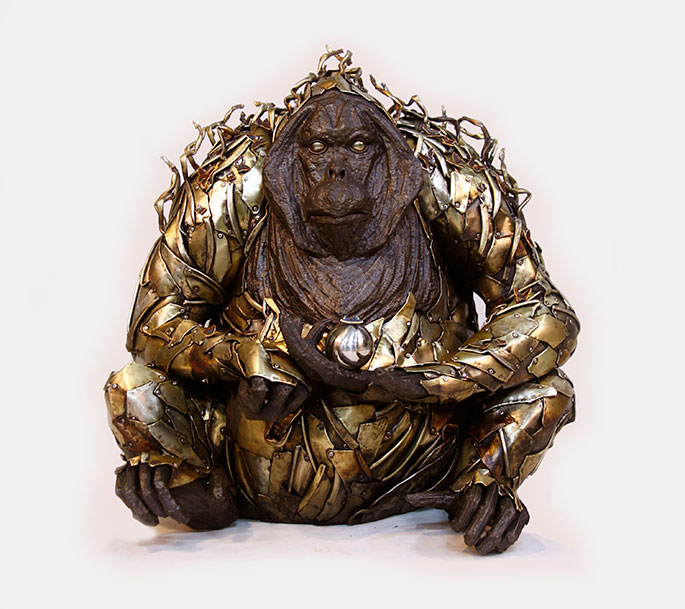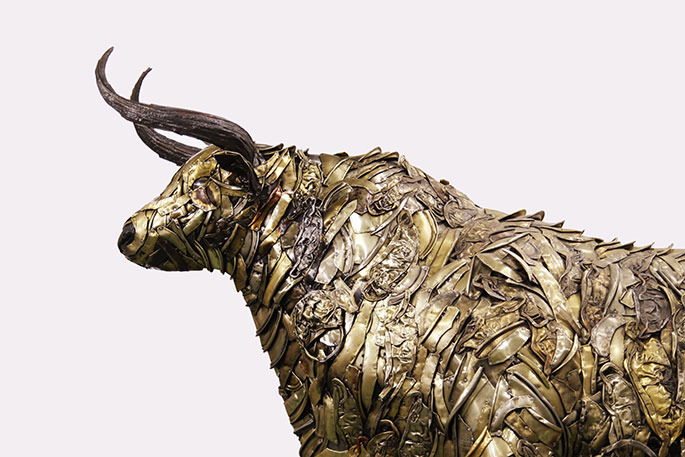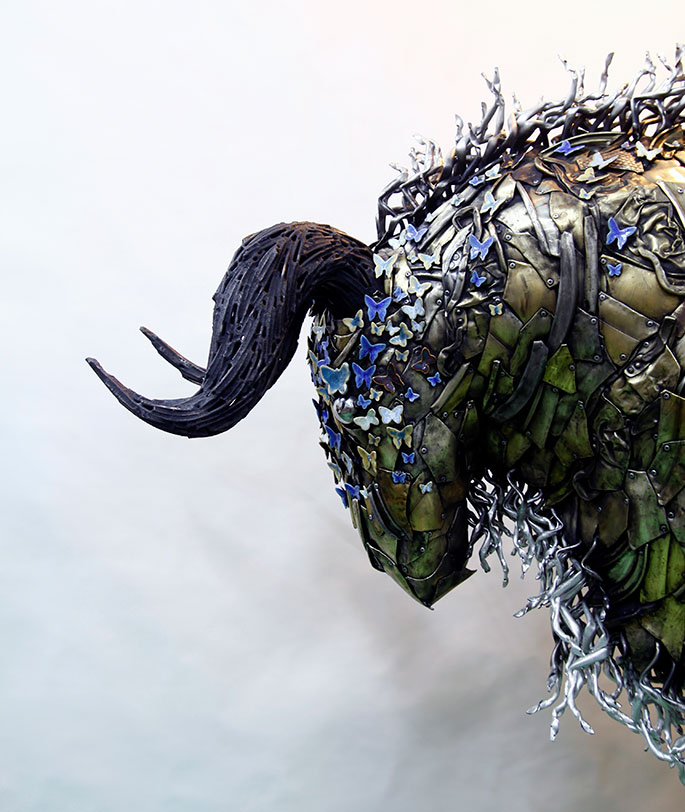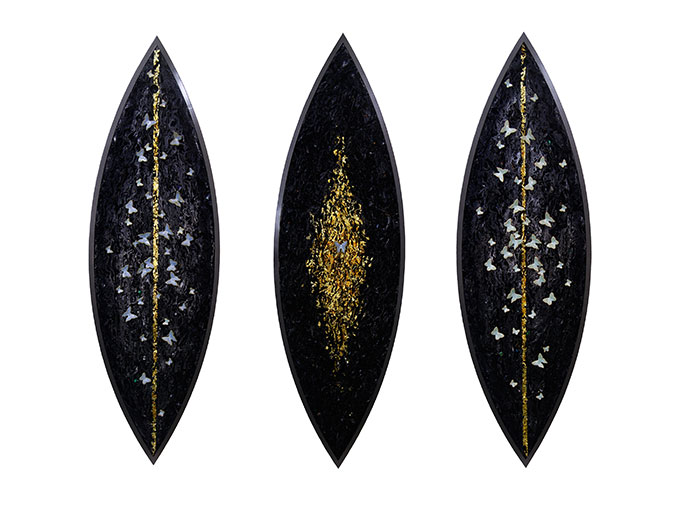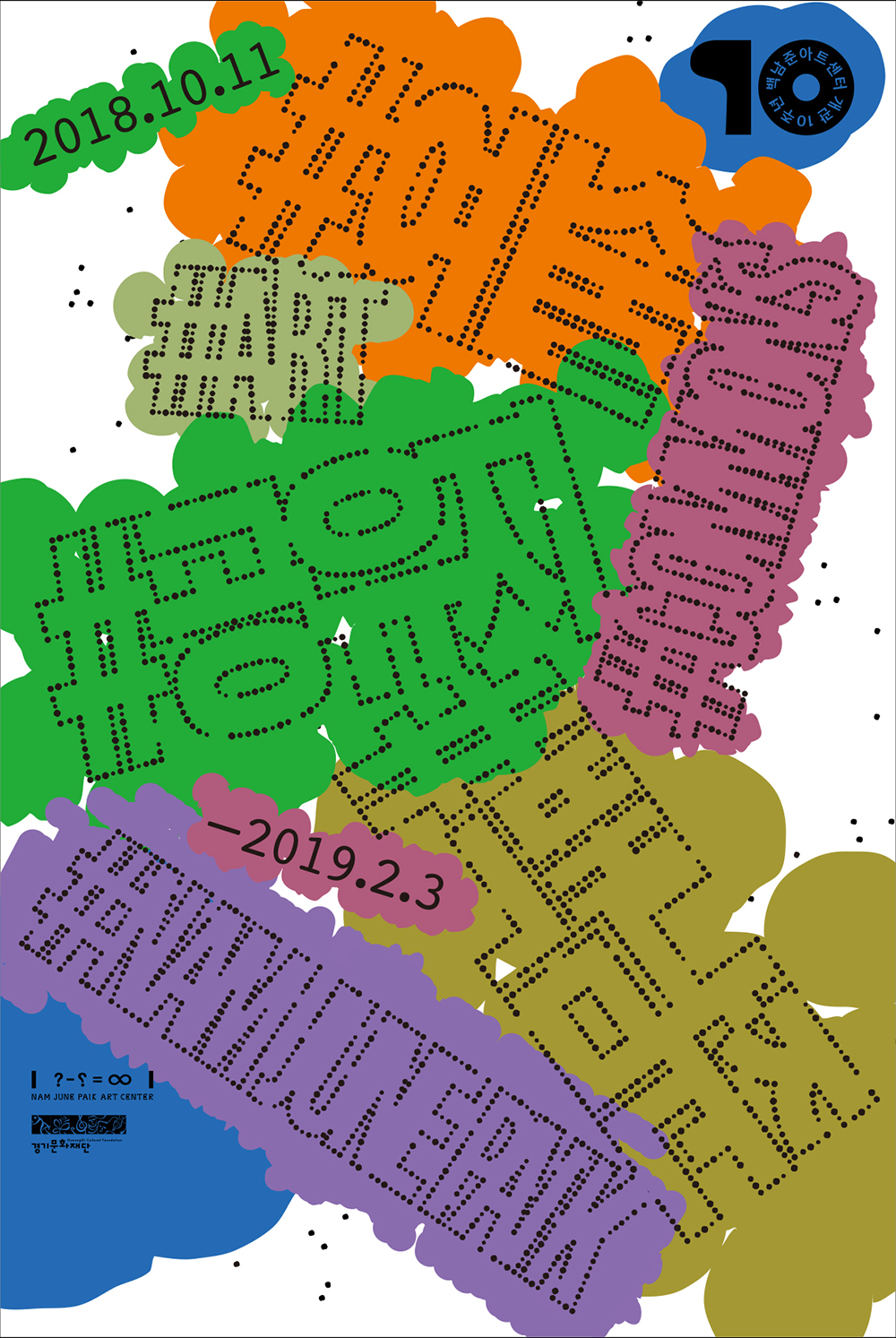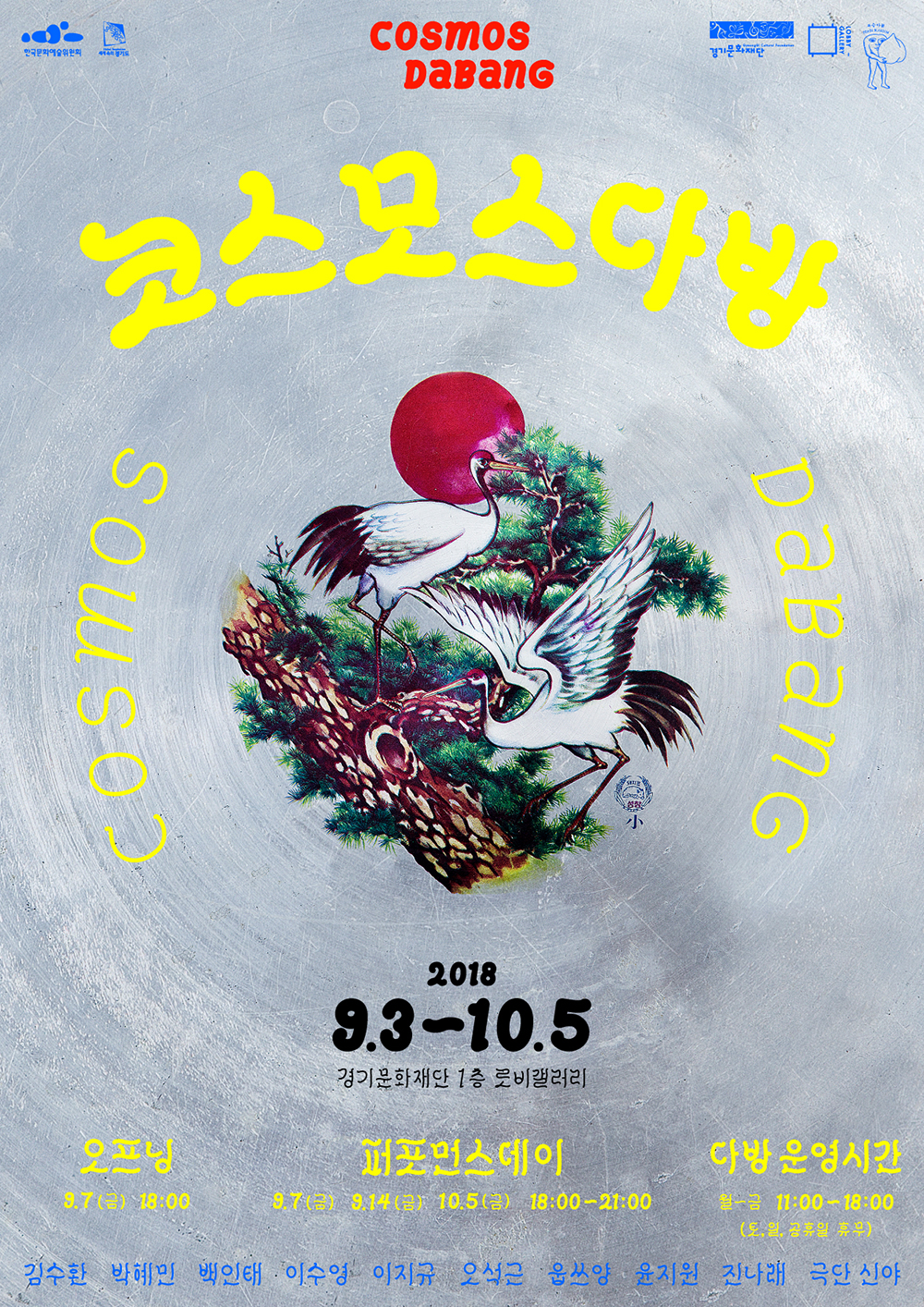Part 1 displays paintings about individual and collective memories and epic stories of the Korean diaspora, a diaspora of overseas Koreans.
During the 1860–1910 period in the last days of the Korean Empire, farmers and workers moved to Manchuria and the Maritime Province of Siberia, Russia to get food or flee from oppression. They cultivated farmland and led unstable lives, with no guarantee of their social status. At first the relocation was due to economic reasons, but following Japan’s forceful incorporation of Korea as its colony in 1910, there was an increase in the number of Koreans relocated due to their engagement in independence movement. Thus, the Maritime Province of Siberia became one of the centers for Koreans’ independence movement.
During the colonial period (1910–1945), farmers and workers moved to Manchuria and Japan after the colonialists’ confiscation of their farmland or means of production. Political refugees moved to China, Russia, and the United States to engage in the independence movement. Japanese colonialists forced a large number of Koreans to move to Manchuria to develop it for their own good following the Manchurian Incident in 1931 and the establishment of Manchukuo (Japanese Puppet State in China) in 1932. During World War I (1914-1918), Japan enjoyed an economic boom and Koreans moved to Japan to find jobs. During the second Sino-Japanese War (1937-1945) and the Pacific War (1941-1945), many Koreans were mobilized to work at mines and serve in the Japanese Army. In 1937, 170,000 Koreans in the Maritime Province of Siberia were ordered to move to Kazakhstan and Uzbekistan.
In 1945, Korea was liberated from colonial rule following Japan’s surrender in the Pacific War, but Koreans still live in China, Japan, Russia, Kazakhstan, and Uzbekistan.
Li Georgiy (b. 1955, Kazakhstan), Migration, 2018, Acryl on canvas, 187×88cm

Quan Wusong (b. 1958, China), An Jung-geun’s Shooting of Ito Hirobumi, 2018, Oil painting on canvas, 182×247cm
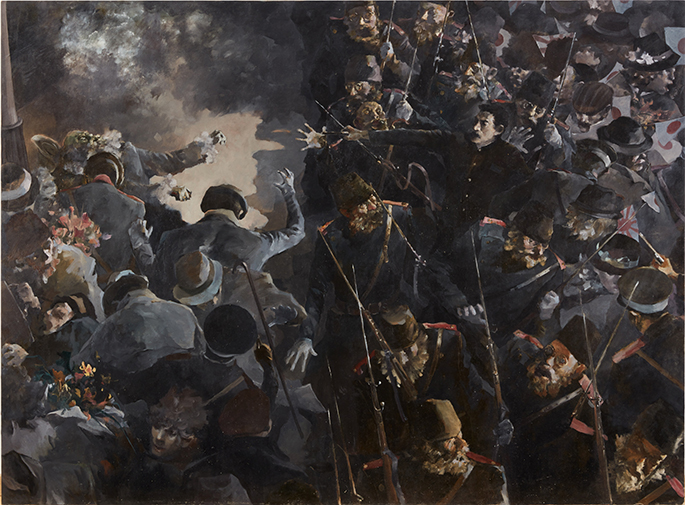
Moon Victor (b. 1951, Kazakhstan), Forced Relocation on a Train in 1937, 2017, Oil painting on canvas, 145×200cm
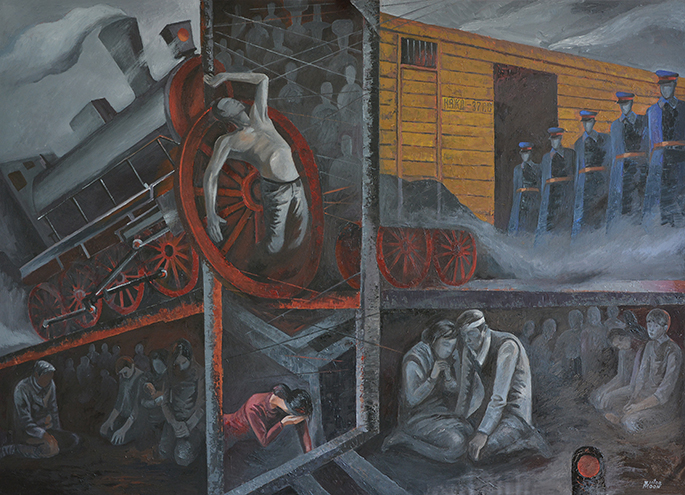
Lim Lana (b. 1961, Uzbekistan), A Pass, 2017, Oil painting on canvas, 45×80cm
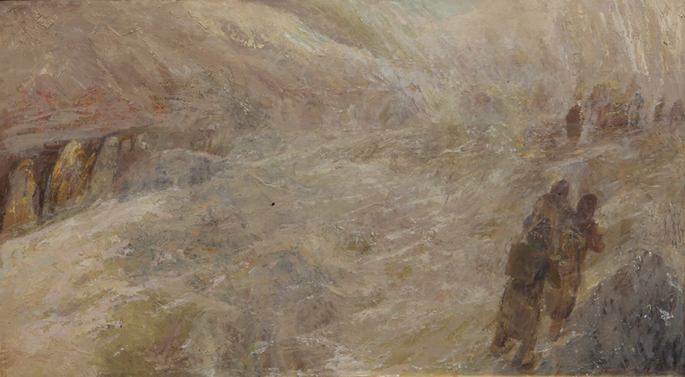
Diu Mensu (b. 1948, Sakhalin, Russia), A Long Way Home, 2003-2008, Oil painting on canvas, 145×95cm
